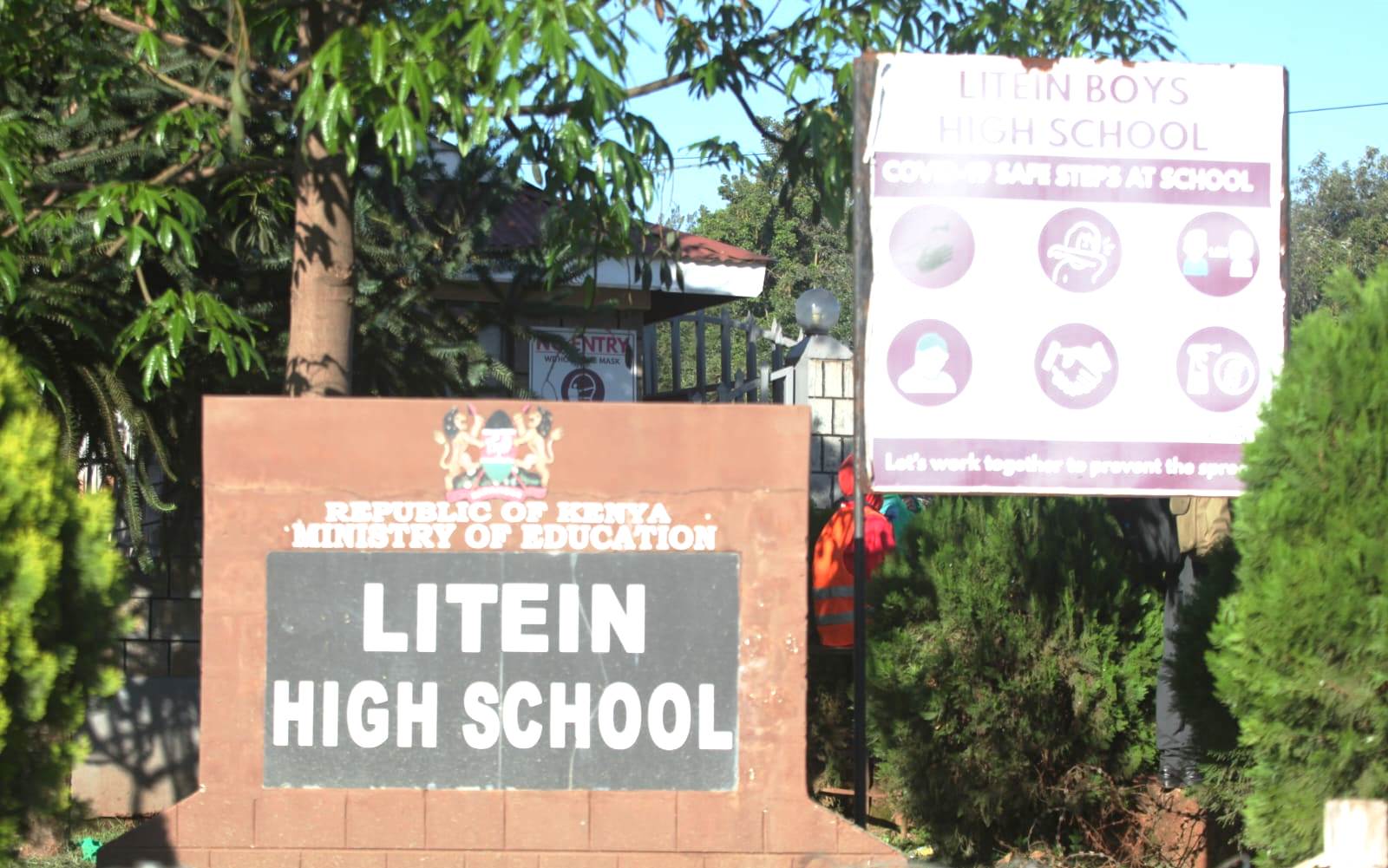The Ministry of Education (MoE) has unveiled a new digital allocation system that will use Artificial Intelligence (AI) to guide the placement of Grade 10 learners in senior schools across Kenya.
According to Basic Education Principal Secretary Amb. Prof. Julius Bitok, the pilot programme, launched ahead of the January 2026 transition, aims to ensure a fair and transparent process for the first cohort of learners under the Competency-Based Education (CBE) framework.
Over 1.13 million candidates are expected to sit the Kenya Junior School Education Assessment (KJSEA) beginning Monday, whose results will inform placement through the automated platform.
According to the ministry, the AI-driven model will match learners to schools based on performance, available capacity, and selected career pathways while promoting regional balance. The system is designed to distribute opportunities equitably, ensuring that each county secures representation in C1 institutions.
ALSO READ;
The Integrity Test In Examination: Why the effects of stolen exams are worse than an atomic bomb
Education officials say the platform will also help prevent bias in selection, improve efficiency, and foster national integration by enabling learners to join schools outside their home counties.
The ministry has categorized senior schools into four clusters; national (C1), extra-county (C2), county (C3), and sub-county (c4), and expects the automated placement to streamline allocation across these levels.
The placement criteria will draw from continuous and summative assessments: 20 per cent from Grade Six KPSEA results, another 20 per cent from Grades Seven and Eight school-based evaluations, and 60 per cent from the final KJSEA exams.
Officials have assured parents that the country has sufficient space to accommodate all candidates, with more than 2.4 million available Grade 10 slots, twice the number of learners expected to transition.
The ministry plans to open a short revision window for learners to adjust their school choices once results are released, mirroring the university placement model used by the Kenya Universities and Colleges Central Placement Service.
If successful, the digital placement platform could become a cornerstone of Kenya’s education reforms, leveraging artificial intelligence not only to assign learners fairly but also to shape the future of transparent school admissions.
By Mercy Kokwon
You can also follow our social media pages on Twitter: Education News KE and Facebook: Education News Newspaper for timely updates.
>>> Click here to stay up-to-date with trending regional stories
>>> Click here to read more informed opinions on the country’s education landscape






